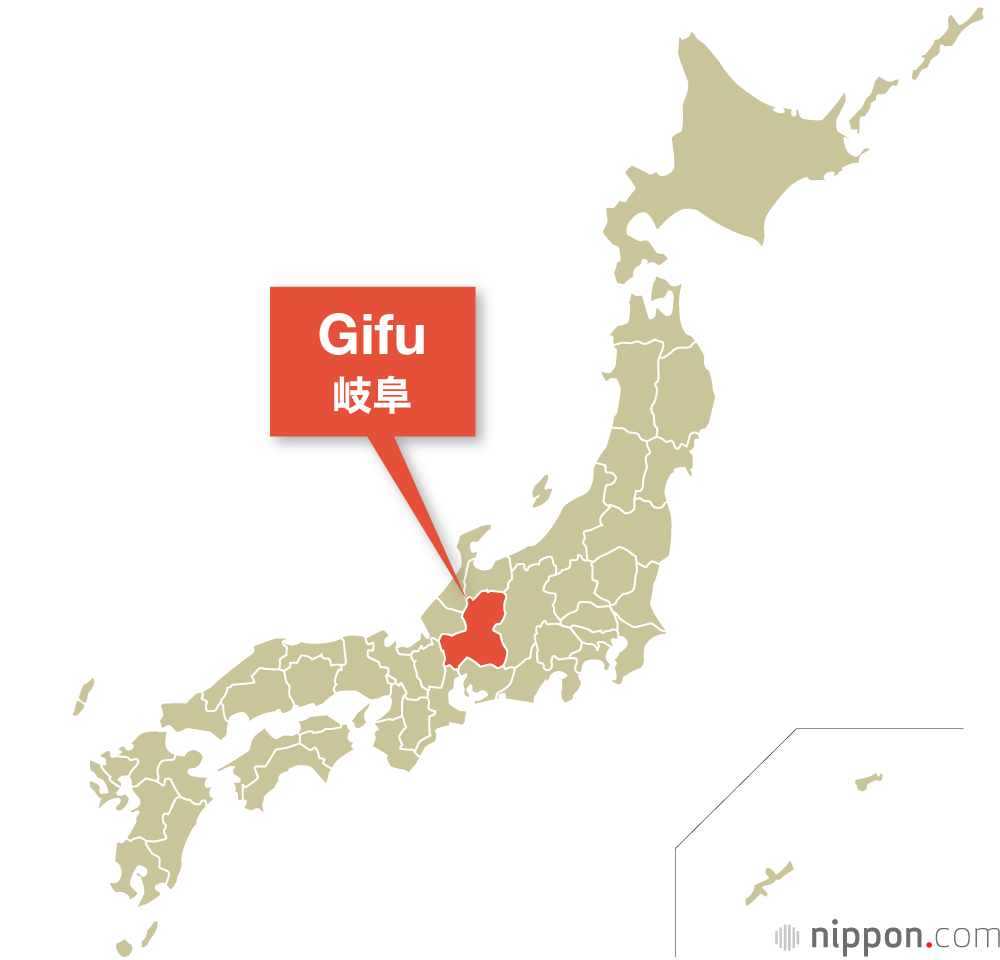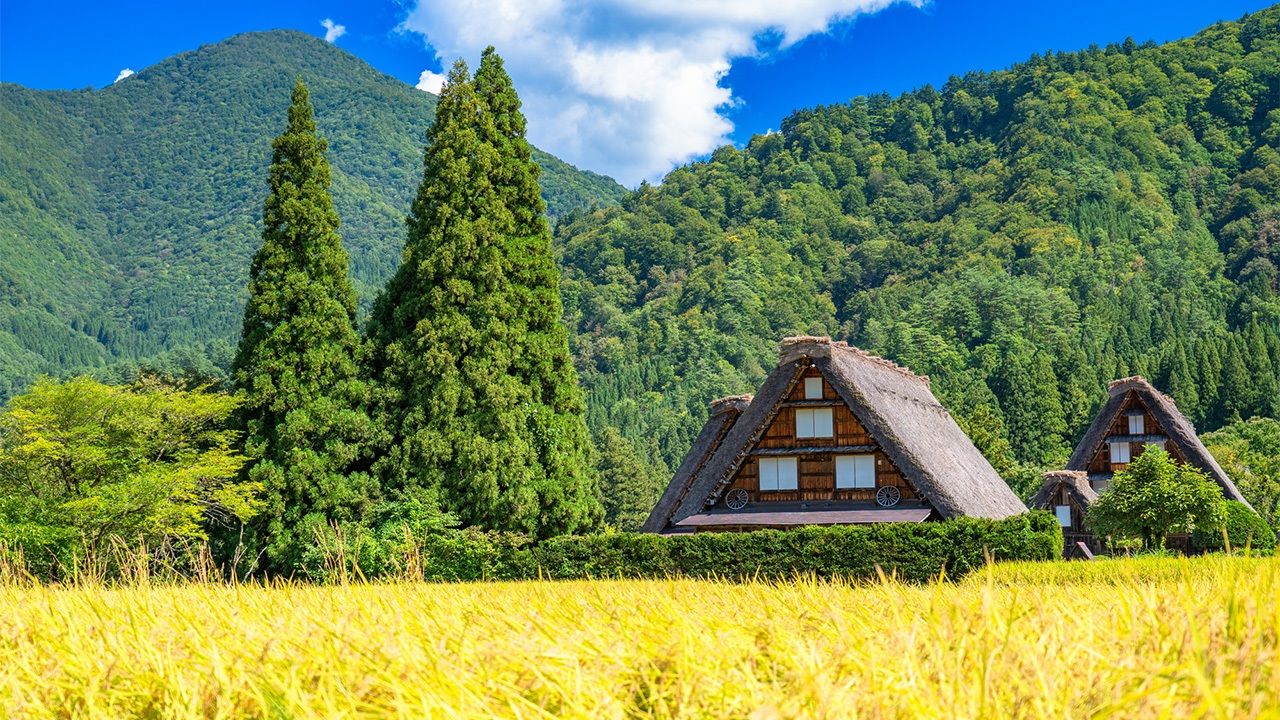
Gifu Prefecture
Guideto Japan
Culture History- English
- 日本語
- 简体字
- 繁體字
- Français
- Español
- العربية
- Русский
Gifu is a landlocked prefecture dominated by mountains, with the tallest peaks in the 2,000- to 3,000-meter range. The Hida Mountains, also known as the Northern Alps, straddle the eastern border with Nagano; the Kiso Mountains, or Central Alps, lie to the south; and the Ryōhaku Mountains rise along Gifu’s western boundary. To the south is the expansive Nōbi Plain, an important agricultural area and population center.
Gifu Prefecture at a Glance
- Established in 1876 (formerly Hida and Mino provinces)
- Capital: Gifu
- Population: 1,979,000 (as of Oct. 2020)
- Area: 10,621 km2
Gifu’s mountainous topography makes it a popular destination for outdoor activities like climbing and hiking. The Okuhida area in the Takayama foothills offers bubbling hot springs, and the nearby towns of Hida-Takayama and Hida-Furukawa preserve their old-world charms. Gifu boasts several UNESCO listings, including the village of Shirakawa-gō, with its buildings constructed in the gasshō-zukuri style characterized by steeply pitched thatched roofs, and the Gujō Odori in the town of Gujō Hachiman, one of 41 ritual dances recognized as intangible cultural heritage in 2022. Traditional cormorant fishing along the Nagara River still takes place using wooden boats and fires suspended from baskets to lure fish.
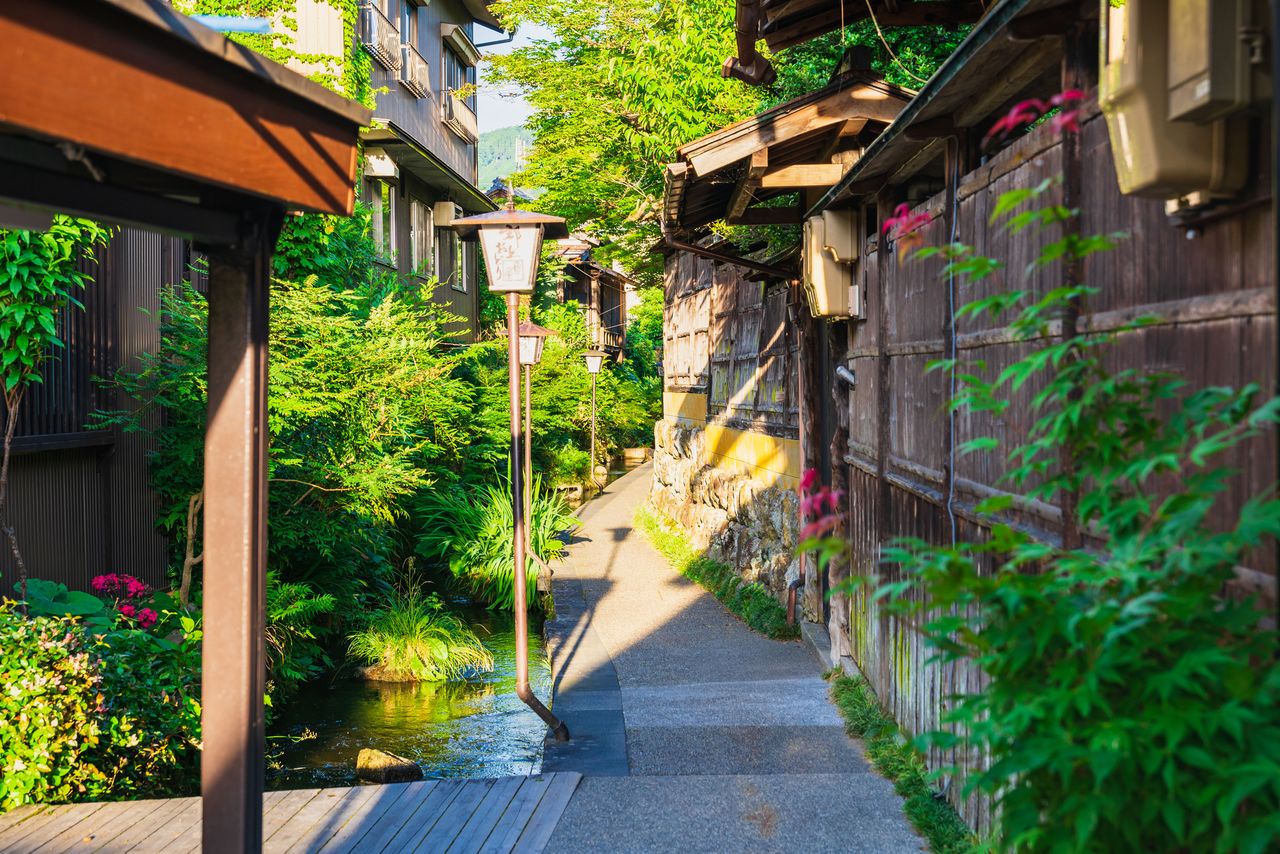
A back lane in Gujō Hachiman. (© Pixta)
The manufacturing sector in Gifu is led by transportation equipment, machinery, and electronics. Agricultural output is dominated by rice and staple vegetables. Hida beef and chickens of the Okumino-kojidori variety are well-known regional brands, and the prefecture is also a major supplier of wild and farmed ayu sweetfish and trout. Traditional manufacturing includes sword making centered on the town of Seki, Mino ware pottery, and honminoshi, one of three representative types of washi inscribed by UNESCO in 2014.
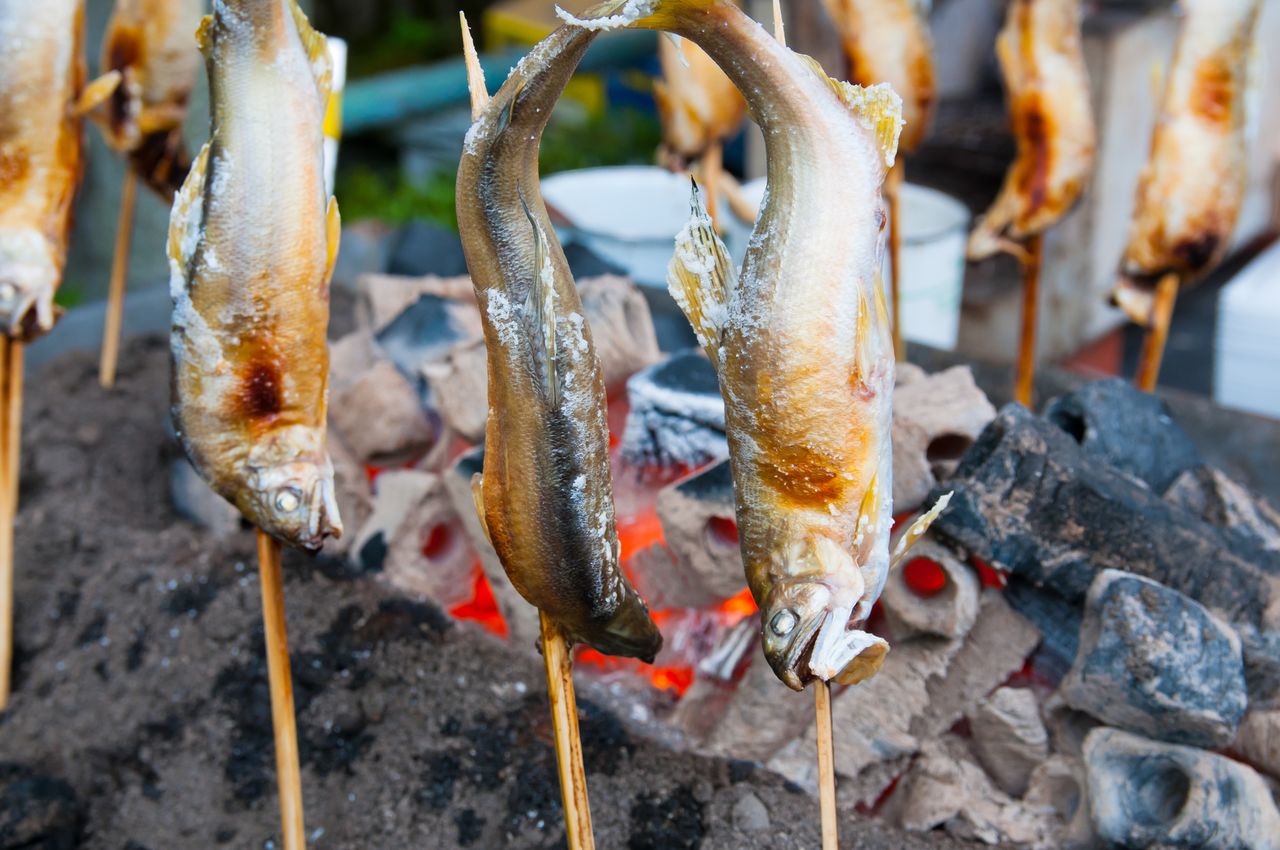
A favorite way to enjoy ayu, a fish closely associated with Gifu, is salted and roasted next to the coals. (© Pixta)
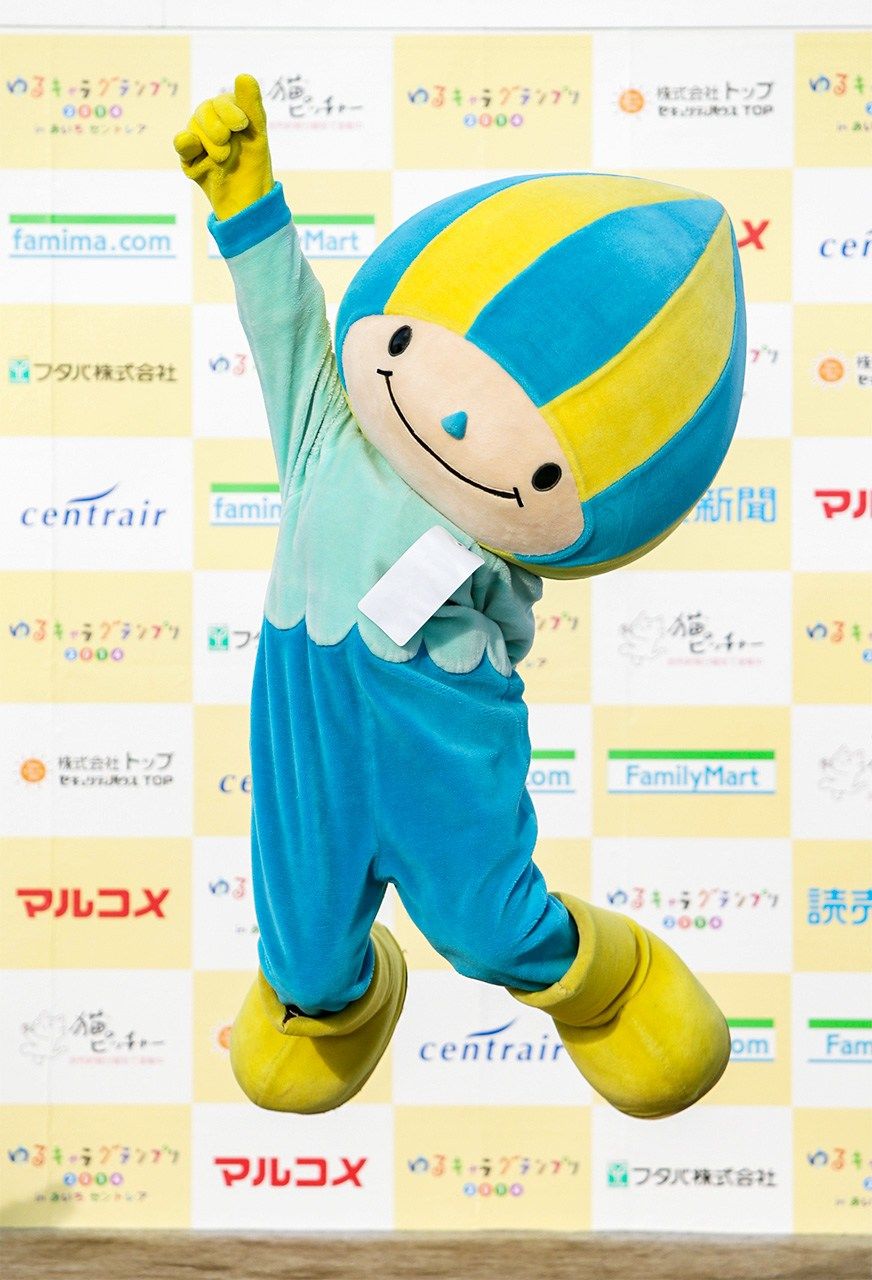
Minamo, Gifu’s official mascot, is a water fairy. The blue of his outfit represents the prefecture’s pristine waterways and the yellow its abundant sunshine. (© Jiji)
Famous Figures
- Akechi Mitsuhide (1528–82): Influential daimyō and deputy of Oda Nobunaga who famously launched a deadly surprise attack on the warlord in what is known as the Honnōji Incident.
- Maeda Seison (1885–1977): Leading art figure and master nihonga painter.
- Ozaki Hotsumi (1901–44): Correspondent for the Asahi Shimbun and informant for Russian spy Richard Sorge.
(Originally published in English. Banner photo: A ripening field of rice and a gasshō-zukuri building in Shirakawa-gō. © Pixta.)
For the complete list of the country’s 47 prefectures, see “The Prefectures of Japan.”
